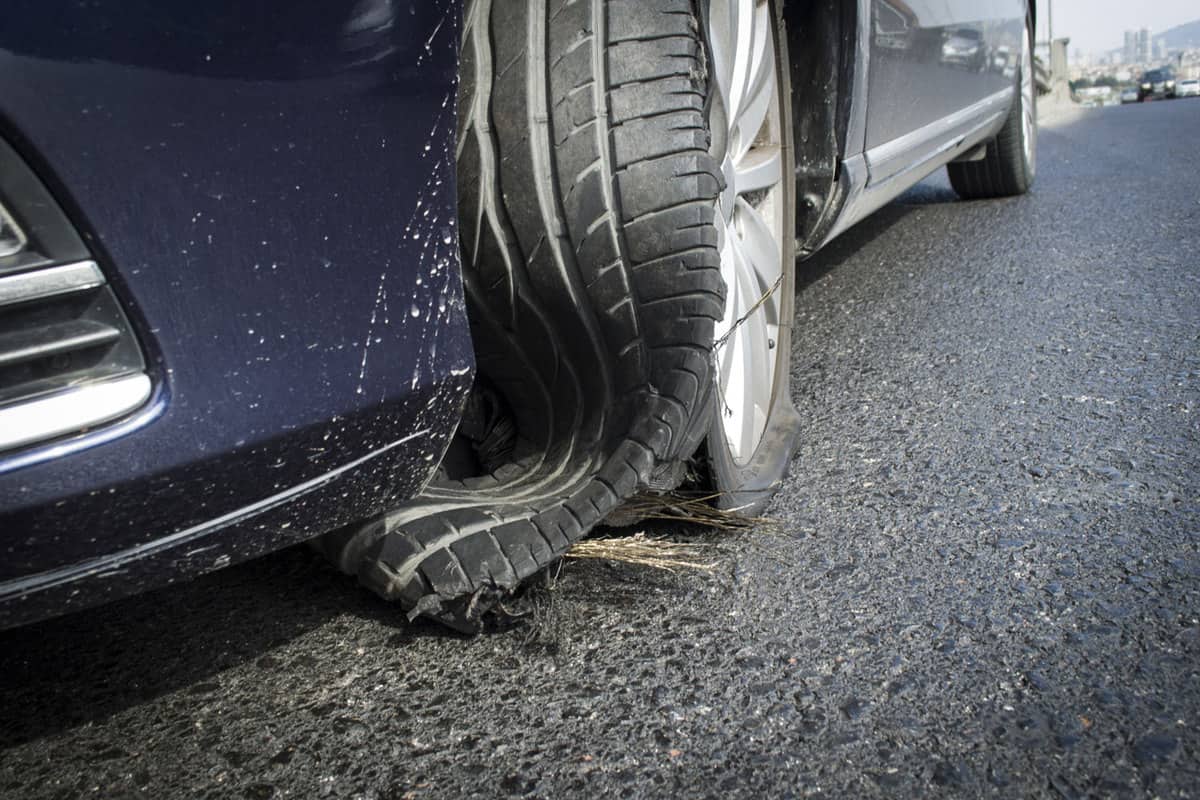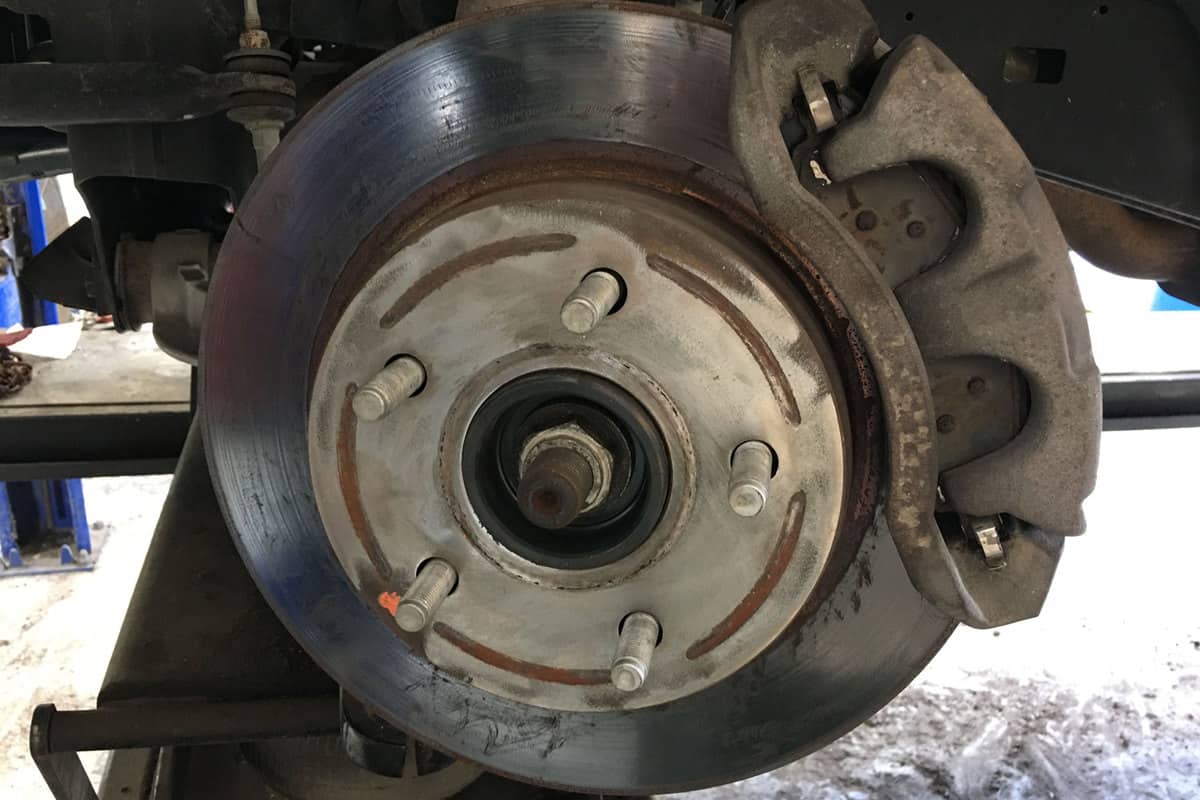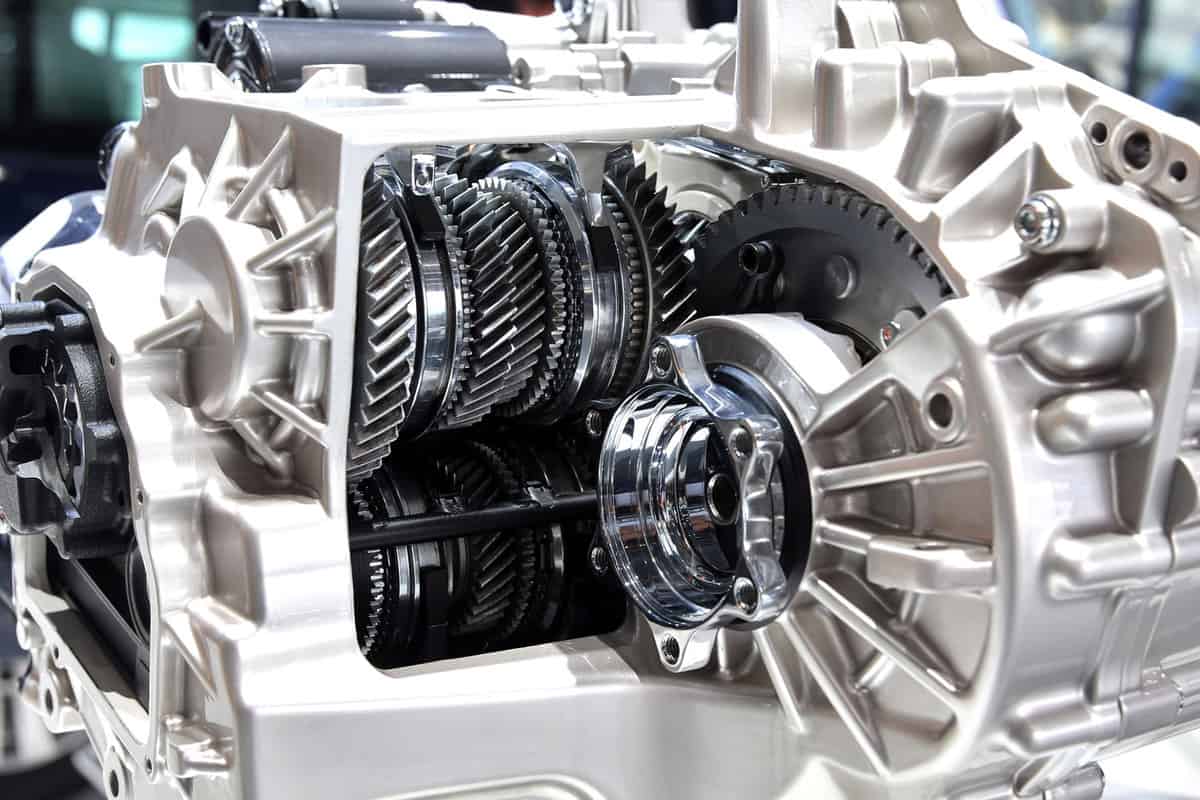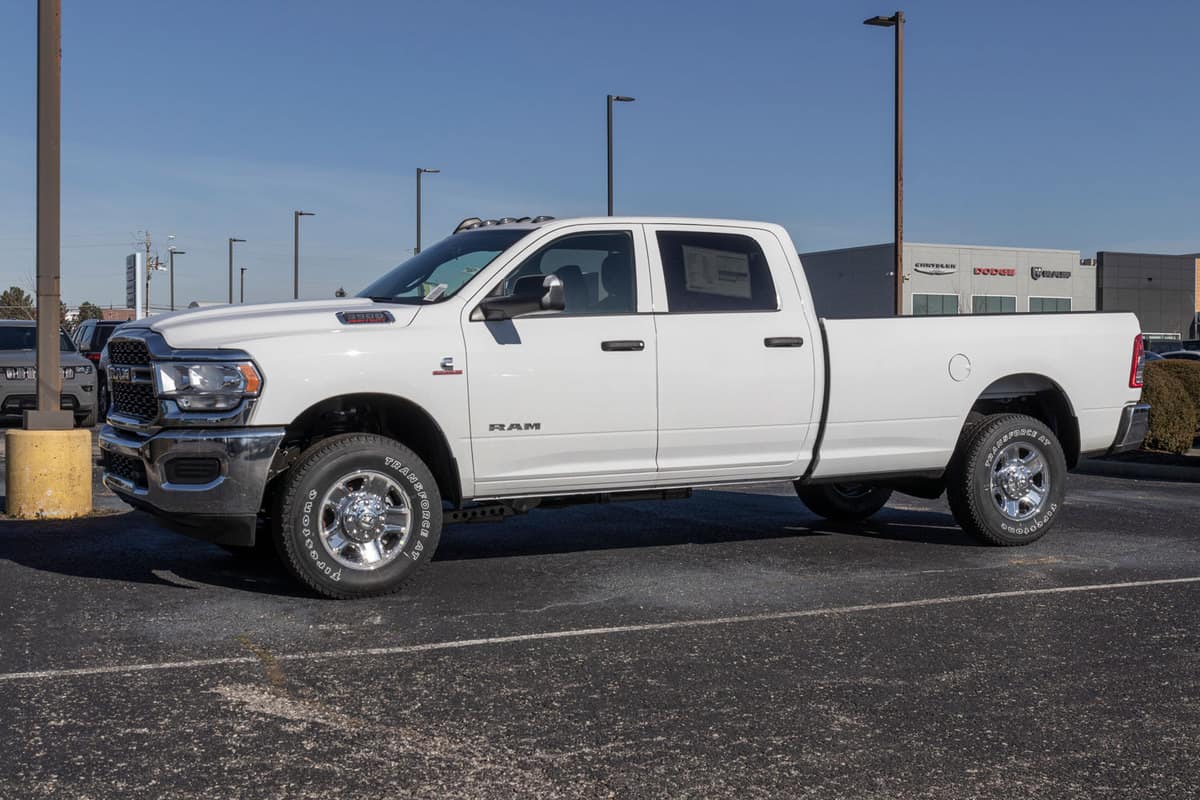Sometimes, you'll need a truck capable of carrying more weight than a standard pickup truck or van. If you are considering a box truck for a big job, you should know that even these vehicles will have their payload limits. We researched box trucks from multiple professional sources so that you'll know for sure how much weight you can safely bring on board.
Box trucks come in a variety of sizes and classes. Because of this, there is a broad weight range for what box trucks can carry. This type of truck can carry between 8,000 and 33,000 pounds, depending on the size and class of the truck.
Now that we know the range of weight a box truck can carry, we'll look more closely at each class of box truck and their individual limits. You might also be wondering what happens if you exceed payload capacity or how many pallets a 26-foot box truck can carry. You'll get all of these answers and more by reading ahead in this post.

The payload limits of a box truck, by class
Trucks come in a wide variety of sizes, meant for different types of hauling. Before you load up your cargo, it's essential to know the different classes of trucks and what their limits are.
Trucks come in many classes, separated by their gross vehicle weight rating or GVWR. The simplest way to explain GVWR is to say that this amount is the maximum weight a truck can carry. It includes the weight of the truck itself, the weight of all passengers on board, and the total weight of the cargo.
Later in this post, we'll discuss what can happen if you exceed your truck's GVWR. Let's take a closer look at each class of truck that a box truck would belong in, exploring class three through class seven.
Class three
The first in the class of medium-duty trucks, the class three-box truck can carry up to 14,000 pounds. While there are plenty of box truck examples for this class, there are also many passenger pickup trucks that fit into this category.
Class three trucks will include the full-ton line of many model pickups. Among them are the Dodge Ram 3500, the Ford F-350, and the Chevy Silverado 3500.
The smallest box trucks and walk-in trucks are also considered class three. The smallest U-Haul box truck, the 10-footer, is a class three.
Class four
We see larger box trucks and walk-in trucks in the class four category. They have a GVWR between 14,001 pounds and 16,000 pounds. The U-Haul 15-foot truck and 17-foot truck are popular examples of a box trucks in this category.
The Ford F-450 and Dodge Ram 4500 are passenger trucks that belong to this class.
Class five
Class five trucks are getting much larger. They have a GVWR between 16,000 pounds and 19,500 pounds. The Dodge Ram 5500 and the Ford F-550 belong to class five.
The largest walk-in trucks and many local delivery trucks are considered class 5.
Class six
This is the highest class of box truck that you're likely to see if you rent a truck yourself. Class six trucks have a GVWR of between 19,501 pounds and 26,000 pounds.
The largest U-Haul is their 26-foot truck. It barely squeaks by into the class six with a GVWR of 25,999.
Ford also produces the F-650 truck for this class
Class seven
You should be aware that any class seven truck, box truck or not, will require a Class B Commercial Driver's License. Class seven and up are considered heavy-duty, and due to the amount of weight they can carry, the law requires additional training and licensure.
Class seven trucks have a GVWR of 26,001 pounds to 33,000 pounds.
What happens if I exceed a truck's GVWR capacity?
We know what the GVWR is when it comes to the various classes of trucks that are produced. Even though you might be tempted to tip the scales a bit and overload your truck, you should think twice about doing so.
Overloading a truck comes with some very serious consequences. These consequences can include severe damage to the truck and its cargo. Ultimately, the safety of you and your passengers is at risk if you overload your vehicle.
Here are the most serious forms of damage that will happen if you ignore a truck's GVWR.
Severe tire damage

The tires on your truck are tough pieces of rubber, but they have their limits. Should they be carrying more weight than they are engineered to, you run the risk of blowing them out.
Too much payload will put more pressure on them than they can handle due to the increased amount of heat generated by the heavy load.
The vehicle will be difficult to control
You'll find any overloaded vehicle is much more challenging to maneuver. They will be much harder to brake, resulting in an accident.
Braking will be an issue, but steering becomes more of a challenge when driving with too much weight. This can lead to loads shifting. When this happens, the truck could tip over.
Damage to the suspension system
The suspension system of any vehicle is only built to withstand so much weight on top of it. Exceed the payload capacity, and you will be putting undue strain on the shocks/struts.
This can damage or destroy the suspension.
Frame damage
While built to haul giant loads, the frames are rated for a certain amount of weight. Bring too much on board the truck, and you'll see the frame get some irreversible damage.
A bent frame can be impossible to fix, and if it can be repaired, it's a costly one.
Brake failure
Your brakes will naturally heat up whenever they are applied. However, they are engineered to withstand this, but only to a certain point.

The heavier the payload, the more your brakes have to work to stop the vehicle. Brakes meant for the heaviest loads can do this without any issues. But whenever you exceed their capacity, the excess heat from the friction will cause them to seize.
If your brakes seize, you won't be able to stop the truck. Serious accidents, injuries, and death can occur.
Transmission failure
This vital part of your truck and engine needs to be cooled while it operates. The radiator will work to cool the engine while a transmission cooler operates to keep the transmission from getting too hot.

These cooling systems are built based on the weight capacity of the installed trucks. While they will work non-stop, they are only constructed to cool so much before they get overwhelmed. If you exceed the payload capacity, these cooling systems will not be able to keep vital parts below dangerous temperatures effectively.
When the transmission gets too hot, it will begin to take on some pretty severe damage. Best case, it just shortens the life of the transmission. In the worst case, it will cause transmission failure.
How many pallets can a 26-foot box truck carry?

Though pallets come in various sizes, the most common size used in the United States is 48" x 40". This size pallet can be strategically placed inside a box truck to maximize the number of pallets on board.
In a 26-foot box truck, you should be able to load 10 to 12 pallets of this size in the back of the truck. Just be sure you do not exceed the truck's GVWR!
Final thoughts

Box trucks come in many sizes and are separated by truck class. The higher the class of truck, the more weight it can carry onboard. Be sure to know your truck's GVWR before you load cargo into it to avoid serious accidents or damage to the truck. Drive safe!
We hope this post answered your questions about box trucks. For additional helpful information, we recommend reading the following posts:
What does Payload Capacity actually mean in a Pickup Truck?
